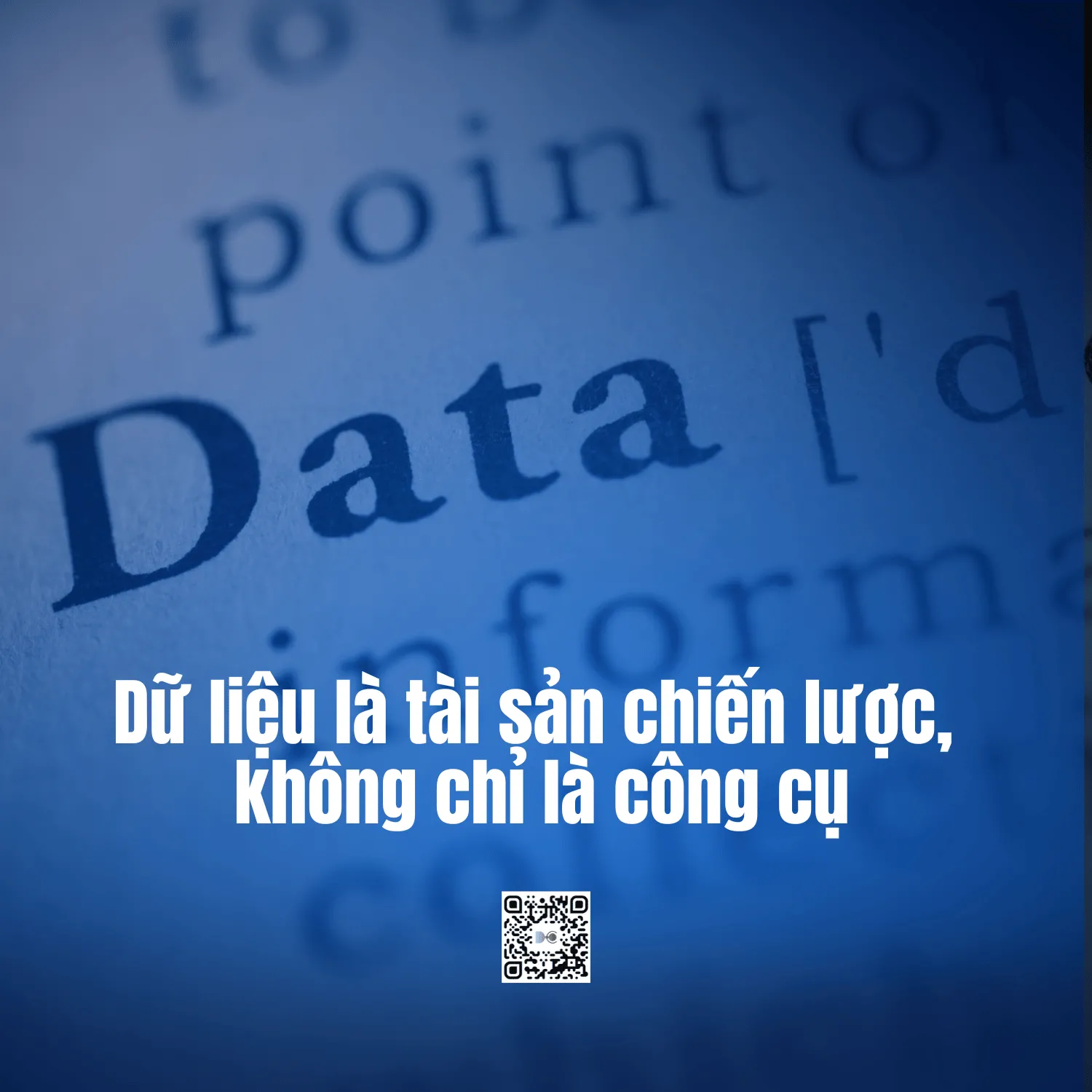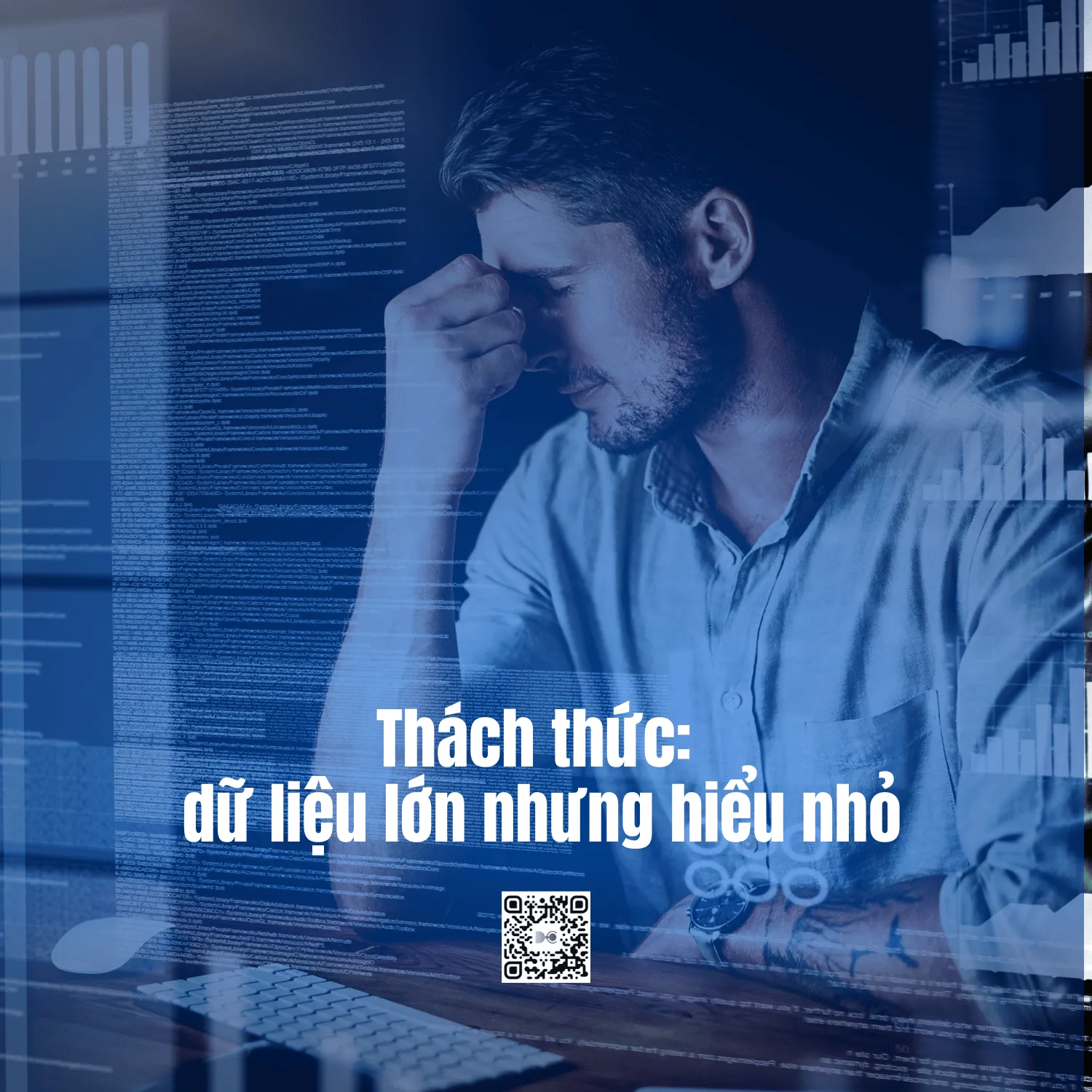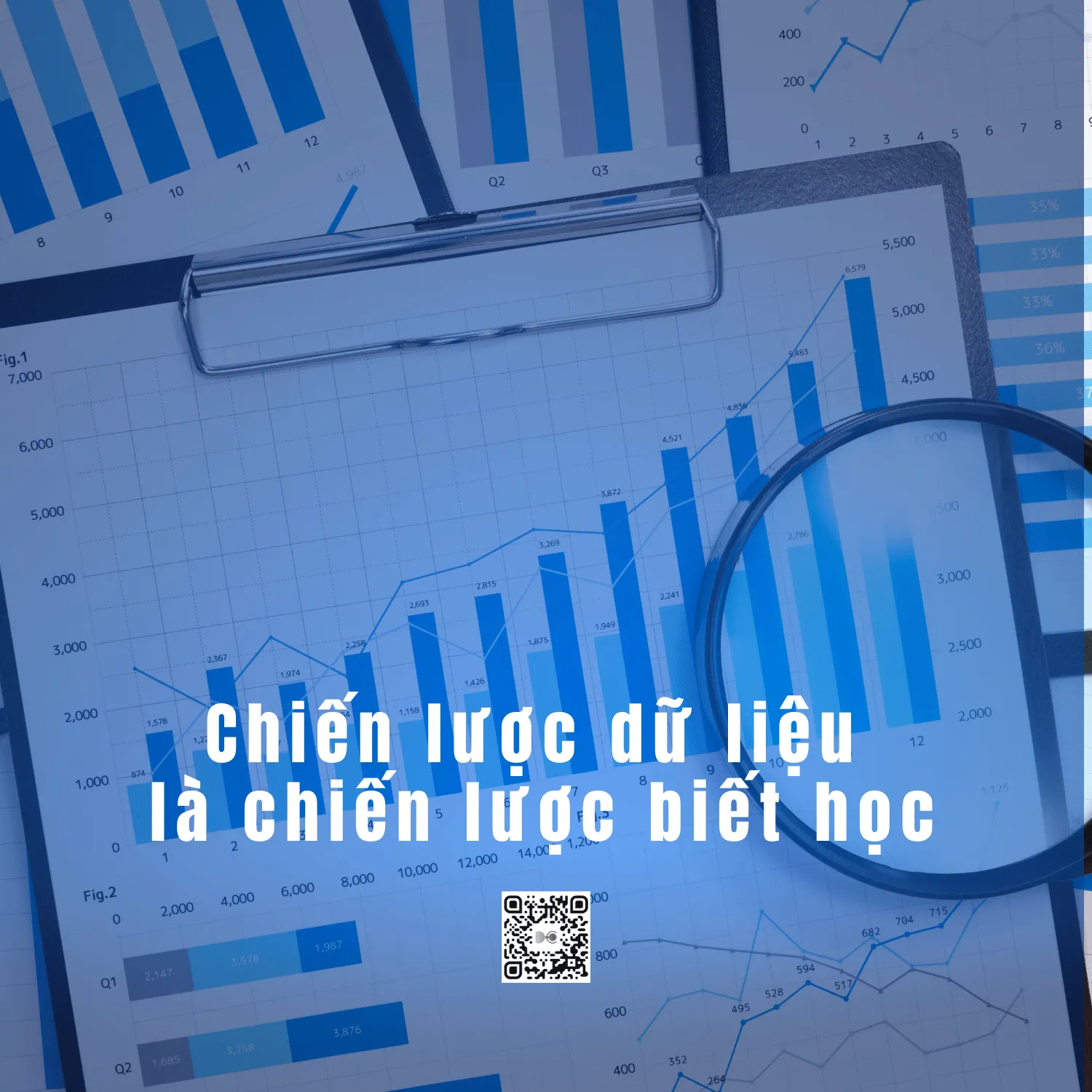If in the 20th century, businesses won with capital, products and distribution channels, then in the 21st century, the game is decided by data. Every strategic decision, from product development to customer care, revolves around the ability to read – understand – and act on data. But the paradox is: it is not the business with the most data that wins, but the business that knows how to turn data into strategy, or in short, Data Strategy.
Strategy is being rewritten with data
In the past, business strategy was based on experience, gut feeling, or a leader’s “market sense.”
Today, data is replacing intuition.
From customer behavior, to manufacturing performance, to supply chain fluctuations – everything leaves a digital footprint.
Strategy no longer begins with the question “What do we think?” but with “What does the data show?”
Leading companies don’t just collect data, they build strategies around the flow of data: what data to prioritize, who owns it, who has the right to analyze it, and how to turn insights into concrete actions in each department.

From “raw data” to “learning strategy”
Many businesses are still stuck in the “collecting enough” stage, without moving on to “learning from data”.
They have ERP, CRM, BI systems… but the data is scattered and not connected.
A marketing department has customer insights, but the production department does not know; the sales department has transaction data, but the strategy department cannot exploit it.
When data is not flowing smoothly, the strategy becomes fragmented.
Conversely, when data is connected into a continuous learning chain, the business will have a learning strategy – a strategy that evolves with reality.
This is where AI comes into its own: it not only reports the past, but also predicts the future, helping the organization stay half a step ahead of the market.
Data – a strategic asset, not just a tool
One of the most common mistakes is to view data as a “decision support tool”.
In fact, in the digital age, data is a strategic asset – equivalent to brand, capital or technology.
It is the foundation for building:
- Long-term competitive advantage (through proprietary insights).
- Process optimization (through real-time analytics).
- Personalized customer experiences (through behavioral and predictive modeling).
Like land in the industrial century, data is the “strategic land” of the digital age. The enterprise that controls the source of raw data holds the power to shape the market.

AI – the translator between data and decisions
AI is not just a tool for processing huge amounts of data, but a “strategic translator” between data and people.
AI helps turn data from static numbers into dynamic context — that is, understanding why something happened and what might happen next.
In an intelligent enterprise:
- AI reads customer behavior data and suggests flexible pricing strategies.
- AI analyzes supply chains to predict disruption risks.
- AI suggests content, marketing, and production strategies based on user responses.
Then, people are no longer inundated with data, but are supported to make strategic decisions proactively, quickly and accurately.
Open data – strategic symbiosis in the ecosystem
A new trend is taking shape: the data symbiosis model.
Businesses no longer only use their own data, but share – exchange – or co-develop data with partners, suppliers, and even competitors.
For example, retailers share behavioral data with manufacturers to optimize supply chains; banks cooperate with fintech companies to gain deeper insights into consumer habits.
Then, the advantage lies not in “private data”, but in the ability to co-exist in the open data ecosystem.
This is a natural progression from the “symbiotic strategy” model (Lesson 3) to a “symbiotic data strategy” – where businesses collaborate not only on products, but also on strategic information.
Challenge: Big Data but Small Understanding
Many businesses have huge amounts of data, but only exploit the tip of the iceberg.
They have Big Data, but lack Smart Data – data that is processed, contextualized, and serves specific strategic goals.
A common mistake is chasing “data quantity” while forgetting “analytical quality”.
The result: strategies based on noisy data, leading to wrong decisions.
Therefore, the core competency in data strategy lies not in technology, but in the ability to think critically and understand strategic data – human skills that still need to guide AI.

A data strategy is a learning strategy
A data strategy doesn’t just help businesses make better decisions – it helps businesses become continuous learning organizations.
Every day, new data enriches business intelligence; every customer behavior opens up opportunities to adjust strategy.
In a world of automation and AI, businesses can no longer just “stick to plan” – they must constantly rewrite their strategies from the data they create.
Because in this era, real strategy is no longer written by humans once – it is formed, learned, and updated every day by data itself.












